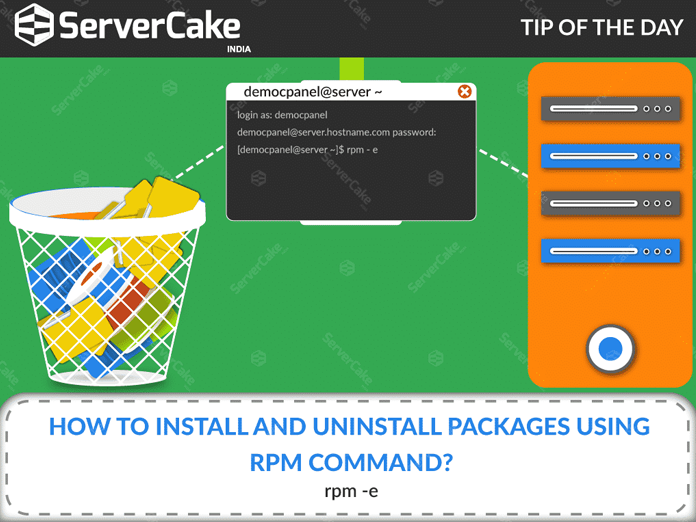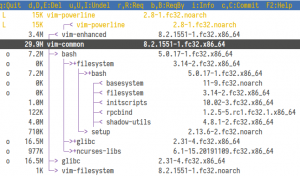

Example 4: How to Use hash(-h) option with RPM Command If you want to see the operations of running rpm command then it is always a good idea to run all rpm commands with verbose(-v) option enabled. Example 3: How to Use verbose(-v) Option with RPM Command Here we are installing EPEL Repository package directly from the URL. If you want to install any rpm package from some direct URL then you need to use rpm -i command. Example 2: How to Install a Package Using RPM Command For more information Please check Step by Step: How to Add User to Sudoersto provide sudo access to the User. Please note that here I am using root user to run all the below commands.You can use any user with sudo access to run all these commands.




 0 kommentar(er)
0 kommentar(er)
